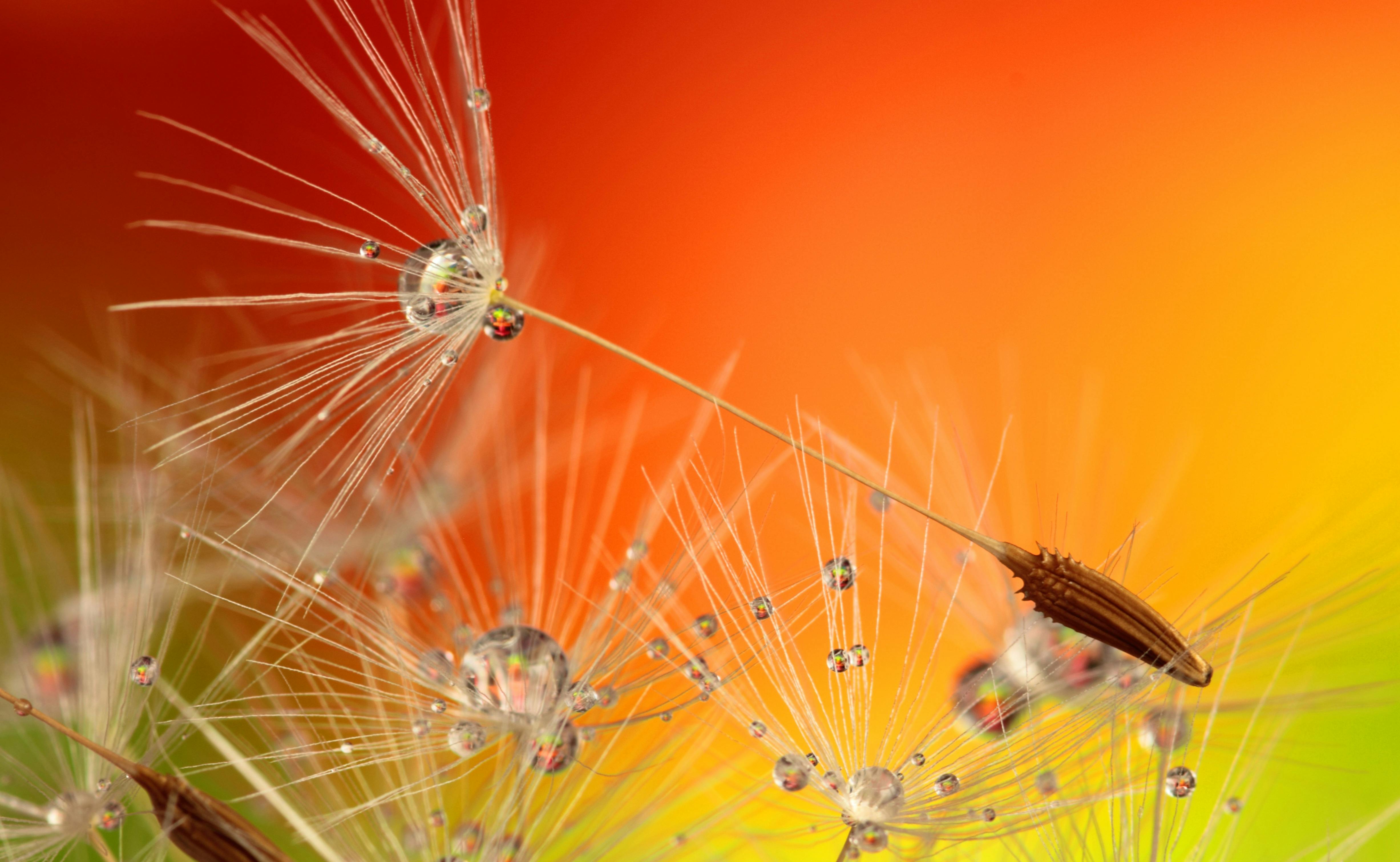Strawberry plants are an easy to grow and popular fruit that can be grown in a variety of climates. The key to successful strawberry cultivation is providing the right amount of water to your strawberry seeds. Knowing how often to water your strawberry seeds is essential for producing a healthy crop. In this article, we will discuss how often you should water your strawberry seeds and provide some tips for optimal growth.It is important to water strawberry seeds regularly. Newly planted strawberry seedlings should be watered about once a week, making sure the soil stays moist but not soggy. Once the strawberries are established, they will need to be watered more frequently, usually every 3-4 days, depending on your climate and soil conditions.
When to Water Strawberry Seeds
Watering strawberry seeds is an important part of the growing process. When watering strawberry seeds, it is important to keep in mind that too much water can lead to root rot and too little water can cause the plants to dry out and eventually die. Therefore, it is important to determine when the right time is to water your strawberry seeds.
The best time to water strawberry seeds is when the soil surface begins to feel dry. The soil should be damp but not soggy. When watering strawberry seeds, it is important to use lukewarm water so as not to shock the roots. In general, you should wait until the top inch of soil feels dry before watering again.
It is also important to consider how often you are watering your strawberry seeds. If you are planting your strawberry seeds in a container, you will need to water them more frequently than if they were planted in a garden. It is best to check the soil daily if possible and add more water if needed.
Additionally, it is important that you avoid over-watering your strawberry seedlings as this can lead to root rot and other issues such as nutrient deficiencies or stunted growth. If you notice that there are standing puddles of water around your seedlings after you have watered them, then they are getting too much moisture and need less frequent watering sessions or smaller amounts of water at each session.
Overall, it is important that you keep an eye on your strawberries during their growing period so that they get just enough moisture for optimal growth and development without getting too much moisture and leading to potential issues down the line.
When to Stop Watering Strawberry Seeds
Growing strawberries from seed can be a rewarding experience, but it’s important to know when to stop watering the seeds. If you water the seeds too much, they can become moldy and rot. Too little water and the seeds will dry out and won’t germinate. The key is to find the right balance so that your strawberry plants can thrive.
The first step in knowing when to stop watering strawberry seeds is to determine how much water your soil needs. Different soils have different requirements, so it’s best to test your soil to determine its moisture content before you start watering your seeds. Most soils need around 1 inch of water per week for optimal growth. Once you’ve determined the ideal amount of water for your soil, stick to that amount until the seeds are ready for transplanting.
When watering strawberry seeds, it’s important not to over-water them. Over-watering can cause the roots of the seedlings to rot, which can lead to stunted growth or even death in some cases. To avoid this problem, always check the soil before you water and never add more than an inch of water at a time. If there is standing water on top of the soil, wait until it has been absorbed before adding more water.
Once the seedlings are established and ready for transplanting into their permanent home, you can reduce your watering schedule slightly. This will allow the roots of the plants to develop their own root systems as they adjust to their new environment. However, be sure not to reduce your watering too much as this could lead to dehydration and death of your plants.
Knowing when to stop watering strawberry seeds is an important part of successful growing. Start by testing your soil so that you know exactly how much moisture it needs for optimal growth and then stick with that amount until transplanting time arrives. Be careful not to over-water or under-water your seedlings as both can lead to stunted growth or even death in some cases.<
Amount of Water for Strawberry Seeds
When planting strawberry seeds, it is important to consider the amount of water needed for optimal growth. Too little water can cause the seeds to dry out and not germinate, while too much water can cause them to rot. The best amount of water for strawberry seeds is an adequate amount that ensures they remain moist without becoming soggy.
When watering strawberry seeds, it is important to moisten the soil but not over-water it. To achieve this, the soil should be damp but not saturated with water. A good indicator of the correct moisture level is when a few drops of water remain on the surface after lightly pressing on it with your finger. This will help ensure that there is enough moisture for the strawberry seeds to germinate without becoming overly soggy and potentially leading to seed rot.
In addition to providing enough moisture for optimal growth, it is important to ensure that the temperature remains consistent when planting strawberry seeds. The ideal temperature range for growing strawberries from seed is between 18-21°C (64-70°F). If temperatures drop too low or become too hot, this can inhibit germination or make the soil too dry for proper growth.
Overall, when planting strawberry seeds, you should provide an adequate amount of water that will keep them moist without becoming soggy and ensure that temperatures remain consistent at 18-21°C (64-70°F). By following these guidelines, you can maximize your chances of successful germination and help your strawberry plants grow strong and healthy!
How Much Moisture is Needed for Strawberry Seeds?
Strawberry seeds require a specific amount of moisture in order to germinate and grow successfully. In order to ensure that your strawberry seeds receive the right amount of moisture, it is important to understand what the ideal moisture levels are for your particular type of seed. Generally, strawberry seeds should be kept at a humidity level between 50 and 80 percent relative humidity, with temperatures between 18 and 24 degrees Celsius.
When planting strawberry seeds, it is important to make sure that the soil remains moist throughout the entire germination period. The best way to accomplish this is by using a soil-less mix or other planting medium that retains moisture well. You can also add a thin layer of mulch over the top of the soil-less mix, which will help keep the moisture levels consistent.
Once the strawberry plants have germinated, it is important to continue to monitor the soil moisture levels and adjust them as needed. Strawberries prefer soils that are damp but not soggy, so it is best to avoid overwatering or underwatering them. When watering strawberries, it is best practice to water them deeply but infrequently in order to encourage deep root growth and maximum yields.
Finally, when harvesting strawberries, keep in mind that they should be picked when they are fully ripe and ready for picking; otherwise they can become overly soft or mushy if allowed to remain on the plant too long. In addition, make sure not to damage any of the leaves or stems during harvest as this can lead to disease and other problems with future fruit production. By following these simple tips you can ensure that your strawberry plants will produce high-quality fruit for years to come!

The Best Soil for Growing Strawberry Seeds
Growing strawberry seeds can be an incredibly rewarding experience, but it’s important to make sure you have the right soil for your plants. Strawberries like a slightly acidic soil that has good drainage, so it’s important to choose a soil mix that will provide these conditions. A good mix should contain peat moss or compost, as well as some other amendments such as perlite or vermiculite. The pH of the soil should be between 5.5 and 6.5, which is slightly acidic. You can test the pH of your soil with a simple pH meter or litmus paper.
It’s also important to make sure that the soil you use is well-aerated and not too dense or water-logged. This will help ensure that your strawberry plants get enough oxygen and nutrients from their roots. If you’re using a potting soil mix, make sure it contains some organic matter such as compost or manure, and add some perlite or vermiculite to help aerate the soil if necessary. It’s also a good idea to add some slow-release fertilizer when planting strawberry seeds, as this will provide your plants with all the nutrients they need for healthy growth.
Finally, make sure to keep your strawberry plants well-watered during their growing season and mulch around them to help conserve moisture in the soil. This will help ensure that your plants get all the water they need to produce juicy strawberries! With the right soil mix and proper care, you can grow healthy strawberry plants with delicious fruit for years to come!
Signs You’re Overwatering Your Strawberry Seeds
Overwatering your strawberry seeds can be a frustrating experience. Not only does it affect the growth of the strawberry plants, but it can also lead to a number of other problems, such as mold and root rot. To ensure that you are not overwatering your strawberry seeds, here are some signs to look out for:
Wilting Leaves
One of the most obvious signs that you are overwatering your strawberry seeds is wilting leaves. Wilting leaves occur when there is an excessive amount of water in the soil, which causes the leaves to become limp and droop downwards. This can be a sign that you are giving your strawberry seedlings too much water and should reduce the amount you are giving them.
Mold or Fungus Growth
Another sign that you may be overwatering your strawberry seeds is if there is any visible mold or fungus growth on the soil surface or around the base of the plants. This is usually a result of poor drainage or an excess amount of water in the soil, and should be addressed as soon as possible to prevent further damage to your plants.
Root Rot
Root rot is another common symptom of overwatering your strawberry seeds. Root rot occurs when there is too much moisture in the soil, which leads to decay and death of plant roots. If you notice any signs of root rot on your plants, you should reduce the amount of water you are giving them and make sure that there is adequate drainage in their pots or containers.
By being aware of these signs, you can ensure that you are not overwatering your strawberry seeds and give them just enough water for healthy growth.
Tips for Keeping the Soil Moist for Your Strawberry Seeds
One of the most important steps when growing strawberry plants from seed is to keep the soil moist. Providing your strawberry seeds with enough water is essential in order for them to germinate and develop strong, healthy roots. Here are a few tips to help you keep the soil moist for your strawberry seeds:
Water Regularly: Make sure that you water your strawberry seeds regularly, at least once a day. This will help keep the soil moist and allow the roots of your strawberry plants to spread out and take hold.
Mulch: Using a layer of mulch, such as straw, around your strawberry plants can help retain moisture in the soil and prevent it from drying out too quickly.
Cover With Plastic: Covering your strawberry plants with plastic or another material can also help retain moisture in the soil and prevent it from evaporating too quickly. Just make sure that you remove any covering material when the weather gets hot, as this could cause the soil to overheat and dry out even faster.
Add Compost: Adding a layer of compost to your soil can help it retain moisture more easily, as well as providing important nutrients for your strawberry plants.
Check Soil Moisture Levels: Regularly check the moisture levels in your soil by sticking your finger into it or using a moisture meter. This will let you know whether or not you need to add more water to keep it at an optimal level for growing healthy strawberries.

Conclusion
Watering strawberry seeds is essential for successful germination, and it’s important to get the balance right. Too much water can cause the seeds to rot, while too little water can prevent them from germinating properly. To make sure that you have the right balance, it’s recommended that you water your strawberry seeds on a daily basis. However, you should also keep an eye on the soil and adjust accordingly. If the soil looks dry, then you should water more frequently; if the soil looks wet, then you can reduce your watering frequency.
In summary, watering your strawberry seeds once a day is a good idea in order to ensure successful germination and healthy plants. However, you should also monitor the soil moisture levels and adjust your watering schedule accordingly to ensure that your plants are getting enough or not too much water.



